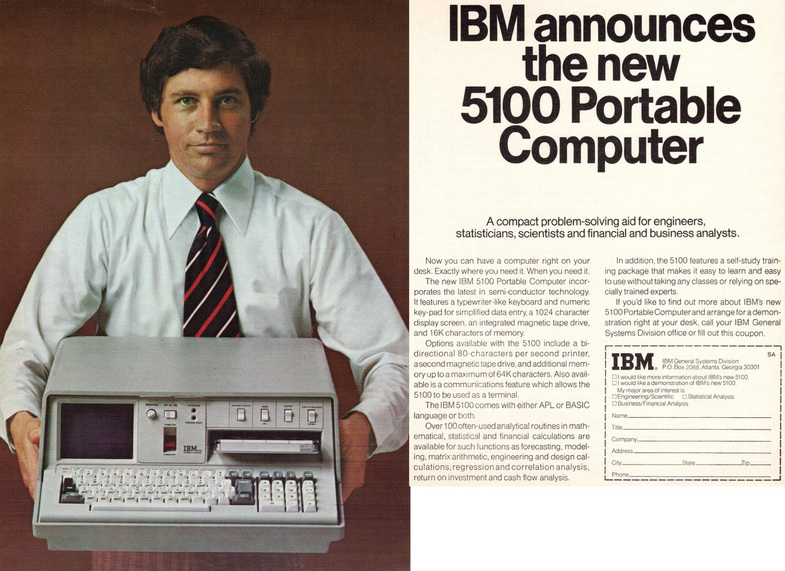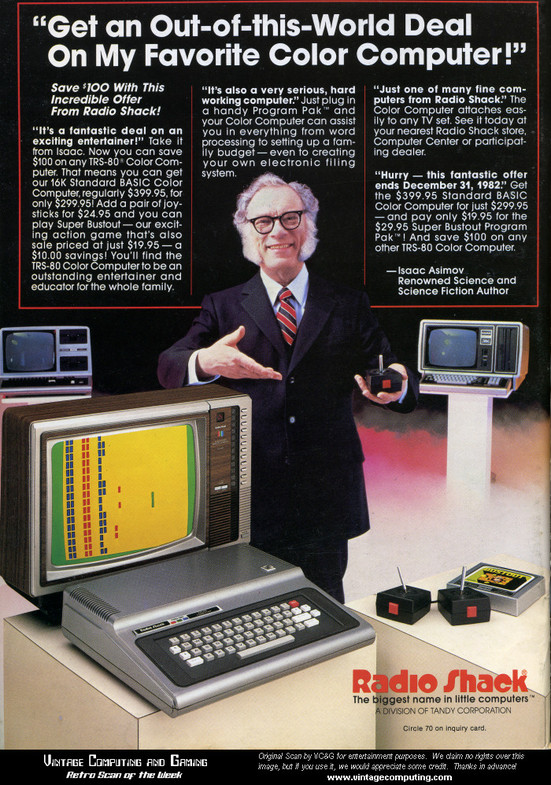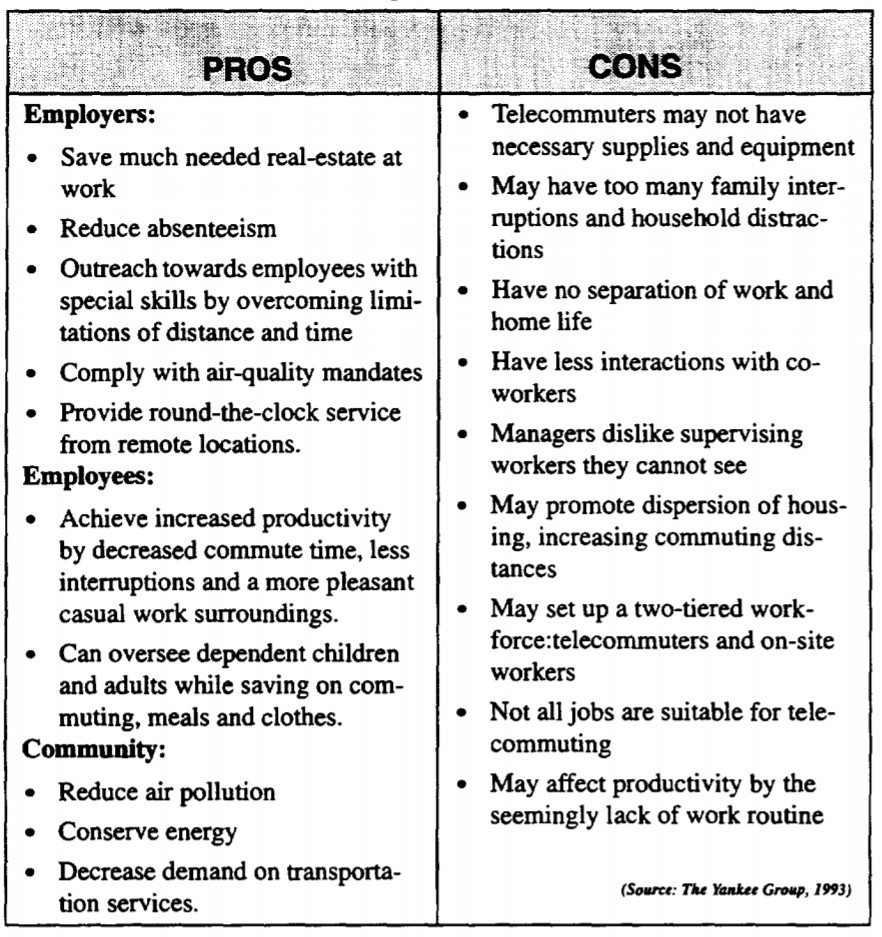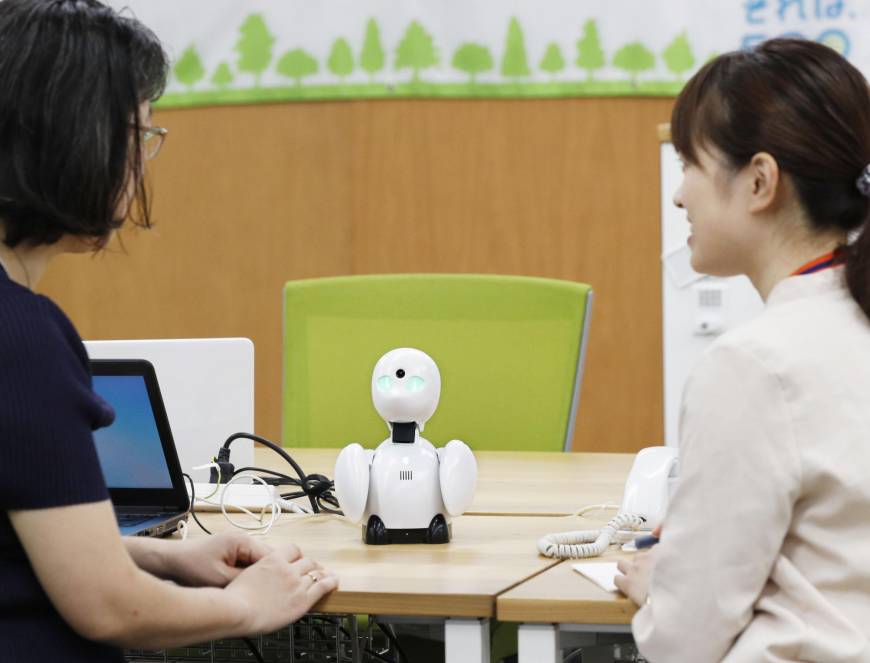What do Crossover, astronautics and NASA have in common?
Remote work and freelance literally have a centuries-old history. But its modern form, known as telecommuting, is, of course, much younger, and NASA, the space agency, has a direct relationship to its birth. In general, Cosmonautics Day 2018 is an excellent occasion to tell about the history of distant work.

In the 1960s, the “author” of telecommuting teleworking definition Jack Nilles worked as an engineer at NASA. Often he thought about how inconvenient it is to get to work every day. As a result, he began to research this issue after leaving the agency.
In 1973, Nilles led a team of researchers from the University of Southern California and received a grant from the National Science Foundation. The University had many contacts from business. An “insurance rabbit” became an insurance company, the representatives of which this idea seemed somewhat crazy, as he saidNilles himself. But it was important for the company to reduce staff turnover - a third of the state had to be hired every year. Basically it seemed to the employees who were engaged in entering data into the database. The second problem was the high cost of real estate in Los Angeles, and the company wanted to find areas cheaper.
For people to work from home, then too high costs were required: telephone bills for data transmission over 300 baud modems would eat up all the savings on this project. But the solution was inexpensive individual offices where employees could get by bicycle or on foot. Data was driven into the minicomputers, then transferred to a local machine, uploading them to the mainframe at the head office once or twice a day or at night.
Productivity of workers rose by 18%, staff turnover began to tend to zero, and the cost of work sites decreased. The successful project was originally called the Telecommunications-Transportation Tradeoff Project - that is, the “Compromise between Telecommunications and Transport” and, to make it more harmonious, Niels proposed the concept of Telecommuting. It happened exactly 45 years ago, in 1973.
Initially, the main goal was not satellite offices, but the remote work of people from home or from any other place. The advent of personal computers spurred this direction. Just then computers were too expensive. In 1975, IBM launched the 5100 portable PC, a 25-pound machine cost $ 20,000, which is more than $ 90,000 in American dollars today.

In 1976, Steve Wozniak collected in the garage of Apple 1 could be bought for $ 666.66, about $ 3,000 for today, and Apple II, which replaced him a year later, cost from $ 1,300 to $ 2,600 - $ 5,399 and $ 11,000 respectively for today, adjusted for inflation .

Thanks to the “boom” in personal computers, already in 1984, 8.2% of American families had a computer at home , and by 1993, 22.9%. Not only equipment manufacturers, but also software companies, specifically, Microsoft, which worked for some time under the slogan “personal computer to every home and to every table”, contributed a lot to this distribution of personal computers. All this prepared people for the next stage - the advent of the World Wide Web.
But to ensure this "boom" they had to become more affordable in terms of price. The first home computer to cost less than $ 600 was the TRS-80, which sold Radio Shack. In the picture below, he is advertised by Isaac Asimov. Then there were several popular models from Atari, which sold more than two million units between 1979 and 1985.

The more accessible computers and communications became, the more companies could afford to work remotely with employees. In 1980, 2.3% of the total workforce in the United States worked remotely every day, and now this figure is 25%. But here in many ways the “fault” of mobile devices, allowing you to do part of the work at any time.
In the late 1970s, Frank Skiff, the head of the special Committee on Economic Development of the United States, continued the work of Nilles and proposed the term flexiplace - a flexible workplace. “Millions of Americans go to work five days a week, most often in cars and buses, and these movements account for a significant portion of gasoline consumption in the country, traffic jams and air pollution, which are the main source of mental and physical stress,” Skiff wrote in The article “Working from home saves gas” in the Washington Post in 1979. The promotion of telework, according to some experts, began with this article.
In the 1980s, Nilles continued to study telecommuting, and Frank Skiff began introducing telecommuting as part of a government program into government ministries and departments. One of these departments was NASA. In May 1994, the NASA contractor drew up a report on the study “Remote work (work-from-home) at the Research Center. J. Lewis. " As part of a pilot project, several NASA employees were sent home, equipped with computers and forced to stop going to work.
“There is absolutely no technological reason why someone could not read this report from home. There is also no reason why many people who should report to management should be in the same place. One of the main reasons for telecommuting is its convenience. Japanese firms, for example, use satellite offices around Tokyo to reduce the number of workers moving around the city. Thus, it is easier for companies to hire and retain good employees, ”this is the opinion of the authors of the study.
The authors of the study noted that working from home helps to reduce the amount of harmful emissions from cars, unloads public transport, helps companies comply with environmental laws.
And one of the main reasons - distance work allows you to save the best employees if they cannot go to the office due to illness or pregnancy. Companies get the opportunity to hire the best specialists from anywhere in the world without thinking about geographical barriers.

Remote work: the pros and cons. Telecommuting (Work -at-Home) at NASA Lewis Research Center. Source
NASA employs thousands of employees around the world, the agency promotes distance work through the Work From Anywhere program . Any employee can talk with a supervisor about the possibility of working outside the office constantly or at least partially.
Among the employees working remotely, one can name people engaged in scientific research in one of the remote offices - at the International Space Station, where cosmonauts and astronauts from several countries gathered. At an altitude of 400 kilometers above sea level, they have a dialogue with the Earth and maintain accounts on social networks, although the connection there is not very fast.

The Internet, which grew out of a U.S. Department of Defense project called ARPANET, spread to the rest of the world by 1994. And the world already had tools for work - personal computers. The next step was mobility with smartphones and tablets in the late 2010s.
According to a survey of 15,000 adult US citizens, in 2016, 43% of them at least occasionally workedoutside the office ... But one of the main factors is the development of technology. If in 1973 it was economically unprofitable to install a terminal at the employee’s home, then in the 1990s, with the cheapening of computers by the advent of the Internet, this became possible. Today, there are many collaboration tools like Slack, and Internet penetration in Russia has reached 73%, in Japan - 97%, in the USA - 87%, in India - 34%, which allows you to work from almost anywhere in the world.
An additional impetus is given by state initiatives. In Japan, they support remote work at the state level, and local companies are creating new tools like this cute OriHime robot. “I feel the atmosphere of the office as if I were there,” says one of the remote employees. The robot allows you to see the office and chat with colleagues.

As of September 2016, 13.3% of companies in Japan worked with remote employees, another 3.3% planned to use this model. Japan's Ministry of Internal Affairs and Communications noted that companies that practice telecommuting are on average 1.6 times more productive than others.
According to one recent studyspent in the USA, the average annual income of distance employees is $ 4,000 higher than others, and the percentage of men and women is approximately equal. Remote work also has disadvantages, which, for example, in 1993 were discussed by the authors of a study for NASA. This is the lack of a border between personal life and work, which is especially important because of the popularity of instant messengers, less interaction with colleagues and more opportunities to escape from work because of family members, but these problems are solved by the employees themselves.
Nilles continues to advise companies on telecommuting now.

In the 1960s, the “author” of telecommuting teleworking definition Jack Nilles worked as an engineer at NASA. Often he thought about how inconvenient it is to get to work every day. As a result, he began to research this issue after leaving the agency.
The need for the formation of the first processes of remote work arose in the United States as a response to several factors. The first is the 1973 Oil Crisis , also known as the “oil embargo." If you set politics aside, the United States simply refused to supply oil. US President Richard Nixon called on Americans to save money, save fuel, and use cars less often. Gas prices have risen. Secondly, in 1967, the US Congress passed the Clean Air Act, which tightens controls on car exhausts. For many years, Americans went to work in offices located in the city center, without thinking about the environmental consequences.The issue of working from home was only in the plans - at that time there were no personal computers in every house, and the ARPANET network had just crossed the Atlantic Ocean, uniting scientists from different continents. Initially, it was intended to create a system that allows some employees to be located not in the main office, but in a satellite office not far from home. The main interest was to shorten the road to work.
In 1973, Nilles led a team of researchers from the University of Southern California and received a grant from the National Science Foundation. The University had many contacts from business. An “insurance rabbit” became an insurance company, the representatives of which this idea seemed somewhat crazy, as he saidNilles himself. But it was important for the company to reduce staff turnover - a third of the state had to be hired every year. Basically it seemed to the employees who were engaged in entering data into the database. The second problem was the high cost of real estate in Los Angeles, and the company wanted to find areas cheaper.
For people to work from home, then too high costs were required: telephone bills for data transmission over 300 baud modems would eat up all the savings on this project. But the solution was inexpensive individual offices where employees could get by bicycle or on foot. Data was driven into the minicomputers, then transferred to a local machine, uploading them to the mainframe at the head office once or twice a day or at night.
Productivity of workers rose by 18%, staff turnover began to tend to zero, and the cost of work sites decreased. The successful project was originally called the Telecommunications-Transportation Tradeoff Project - that is, the “Compromise between Telecommunications and Transport” and, to make it more harmonious, Niels proposed the concept of Telecommuting. It happened exactly 45 years ago, in 1973.
Initially, the main goal was not satellite offices, but the remote work of people from home or from any other place. The advent of personal computers spurred this direction. Just then computers were too expensive. In 1975, IBM launched the 5100 portable PC, a 25-pound machine cost $ 20,000, which is more than $ 90,000 in American dollars today.

In 1976, Steve Wozniak collected in the garage of Apple 1 could be bought for $ 666.66, about $ 3,000 for today, and Apple II, which replaced him a year later, cost from $ 1,300 to $ 2,600 - $ 5,399 and $ 11,000 respectively for today, adjusted for inflation .

Thanks to the “boom” in personal computers, already in 1984, 8.2% of American families had a computer at home , and by 1993, 22.9%. Not only equipment manufacturers, but also software companies, specifically, Microsoft, which worked for some time under the slogan “personal computer to every home and to every table”, contributed a lot to this distribution of personal computers. All this prepared people for the next stage - the advent of the World Wide Web.
But to ensure this "boom" they had to become more affordable in terms of price. The first home computer to cost less than $ 600 was the TRS-80, which sold Radio Shack. In the picture below, he is advertised by Isaac Asimov. Then there were several popular models from Atari, which sold more than two million units between 1979 and 1985.

The more accessible computers and communications became, the more companies could afford to work remotely with employees. In 1980, 2.3% of the total workforce in the United States worked remotely every day, and now this figure is 25%. But here in many ways the “fault” of mobile devices, allowing you to do part of the work at any time.
In the late 1970s, Frank Skiff, the head of the special Committee on Economic Development of the United States, continued the work of Nilles and proposed the term flexiplace - a flexible workplace. “Millions of Americans go to work five days a week, most often in cars and buses, and these movements account for a significant portion of gasoline consumption in the country, traffic jams and air pollution, which are the main source of mental and physical stress,” Skiff wrote in The article “Working from home saves gas” in the Washington Post in 1979. The promotion of telework, according to some experts, began with this article.
In the 1980s, Nilles continued to study telecommuting, and Frank Skiff began introducing telecommuting as part of a government program into government ministries and departments. One of these departments was NASA. In May 1994, the NASA contractor drew up a report on the study “Remote work (work-from-home) at the Research Center. J. Lewis. " As part of a pilot project, several NASA employees were sent home, equipped with computers and forced to stop going to work.
“There is absolutely no technological reason why someone could not read this report from home. There is also no reason why many people who should report to management should be in the same place. One of the main reasons for telecommuting is its convenience. Japanese firms, for example, use satellite offices around Tokyo to reduce the number of workers moving around the city. Thus, it is easier for companies to hire and retain good employees, ”this is the opinion of the authors of the study.
The authors of the study noted that working from home helps to reduce the amount of harmful emissions from cars, unloads public transport, helps companies comply with environmental laws.
And one of the main reasons - distance work allows you to save the best employees if they cannot go to the office due to illness or pregnancy. Companies get the opportunity to hire the best specialists from anywhere in the world without thinking about geographical barriers.

Remote work: the pros and cons. Telecommuting (Work -at-Home) at NASA Lewis Research Center. Source
NASA employs thousands of employees around the world, the agency promotes distance work through the Work From Anywhere program . Any employee can talk with a supervisor about the possibility of working outside the office constantly or at least partially.
Among the employees working remotely, one can name people engaged in scientific research in one of the remote offices - at the International Space Station, where cosmonauts and astronauts from several countries gathered. At an altitude of 400 kilometers above sea level, they have a dialogue with the Earth and maintain accounts on social networks, although the connection there is not very fast.

The Internet, which grew out of a U.S. Department of Defense project called ARPANET, spread to the rest of the world by 1994. And the world already had tools for work - personal computers. The next step was mobility with smartphones and tablets in the late 2010s.
According to a survey of 15,000 adult US citizens, in 2016, 43% of them at least occasionally workedoutside the office ... But one of the main factors is the development of technology. If in 1973 it was economically unprofitable to install a terminal at the employee’s home, then in the 1990s, with the cheapening of computers by the advent of the Internet, this became possible. Today, there are many collaboration tools like Slack, and Internet penetration in Russia has reached 73%, in Japan - 97%, in the USA - 87%, in India - 34%, which allows you to work from almost anywhere in the world.
An additional impetus is given by state initiatives. In Japan, they support remote work at the state level, and local companies are creating new tools like this cute OriHime robot. “I feel the atmosphere of the office as if I were there,” says one of the remote employees. The robot allows you to see the office and chat with colleagues.

As of September 2016, 13.3% of companies in Japan worked with remote employees, another 3.3% planned to use this model. Japan's Ministry of Internal Affairs and Communications noted that companies that practice telecommuting are on average 1.6 times more productive than others.
According to one recent studyspent in the USA, the average annual income of distance employees is $ 4,000 higher than others, and the percentage of men and women is approximately equal. Remote work also has disadvantages, which, for example, in 1993 were discussed by the authors of a study for NASA. This is the lack of a border between personal life and work, which is especially important because of the popularity of instant messengers, less interaction with colleagues and more opportunities to escape from work because of family members, but these problems are solved by the employees themselves.
Nilles continues to advise companies on telecommuting now.
